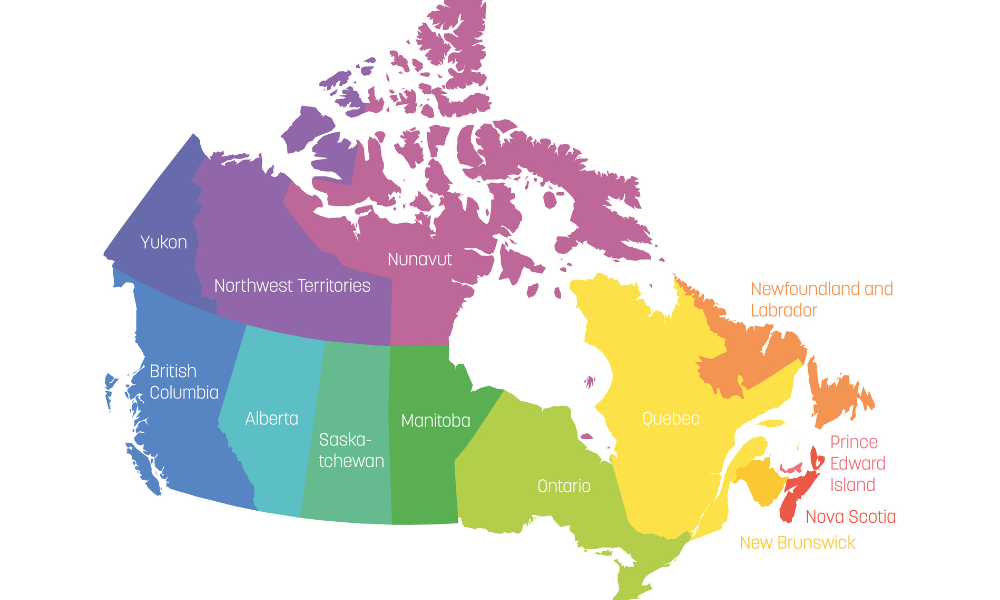Tax expert says pandemic makes for complicated payroll forms

Many companies in Canada have turned to the government for help weathering the pandemic and the often devastating effects from the business slowdown. But some remote employees can also take advantage of the situation, from a tax-wise perspective.
Employees working from home may be able to deduct certain expenses while they remain remote and many employers are actively trying to help their workers do so.
“One of the issues is that the employer, from an infrastructure perspective, a lot of the information that’s required would come from their payroll system,” says Barry Travers, partner national tax leader public sector tax at KPMG in Toronto.
“[It’s about] whether they’re using a car within their employment duties; whether they have a home office; whether there’s other expenses that they’re incurring as an employee. Because technically an employee, unlike somebody that operates a business, is limited in terms of what they’re able to deduct for tax purposes against employment income; essentially, they’re not allowed to deduct anything.”
Certain items that are consumed, such as printer ink and pens and paper can be included, says Travers, but not capital costs such as a desk or chair. As well, employees can write off home-based utility costs but not without doing some measurements.
“So you say, ‘20 per cent of my place is my office.’ But if it’s the kitchen table, then you have to determine ‘How much time am I using it [for work] because I use it as a kitchen as well? I make meals but I’m working eight hours a day in there.’ You have to apply a factor that would bring it down to what’s the business portion, what’s the amount of time that I’m using it. Rent costs are eligible; any maintenance costs, electricity, utilities, those would all be able to add in,” he says.
New payroll forms
In the past, employers would be required to fill out a T2200 form with Revenue Canada that indicated that the employee must work from home as part of the employment agreement. However, with the pandemic forcing millions of workers home in March, a new system is currently being considered by the federal government, says Travers.
“There’s quite a bit of discussion going on as to whether the employers will still be required to issue that form, given the sheer, massive increase in numbers of people that will be working at home.”

Barry Travers
The document — which will have to be individually filled out for each worker — is proving to be onerous for some employers at six or seven pages long, says Travers. So the government proposed a shorter version and asked for feedback from employer groups and organizations, says Travers.
But after consultation, the government decided that while a shorter form was desirable, it also proved to be confusing.
“While they condensed the form, they added some questions where an employer would have to indicate the periods of time where an employee was working more than 50 per cent of the time using their home office... it was actually more complicated in many ways than what the original form was. While it was shorter, it asked for information that the original form did not ask for,” says Travers.
The current discussion has reached the ministerial level, he says.
“The CRA [Canada Revenue Agency] are discussing it with finance and determining whether they can either augment the form further or potentially not require the form to be issued at all this year,” he says, with an expected decision to come within weeks.
For some employers, the wait is causing headaches due to the lack of clarity, says Travers.
“Employers are desperately waiting; we get questions daily from employers: ‘When are they going to announce what the plan is? Because our employees are asking like crazy. We want to be able to communicate to our employees this is what we’ll be doing this year,’” he says.
“Many employers don’t have a system because they’ve never issued them before. There’s logistics, and IT issues and costs associated with doing this.”
Words to the wise
While the effort to claim expenses can be worth it, says Travers, it must be done properly and backed by documentation.
“It’s an area that the CRA had regularly audited so if one is going to embark on this journey to do this, even though they might not feel the deduction is a huge amount, don’t think that that you can just throw a number on there and then say, ‘Oh well, they’ll never look at it.’ They do look at these things,” he says.
“If a dollar amount was on a tax return that was high enough to catch someone’s attention when they do their filter review, then you better have your source documentation and your calculations available because if you can’t support it, it would get denied.”
The CRA is also beginning to look for Canada Emergency Response Benefit (CERB) double-dippers, while a Canada Emergency Wage Subsidy (CEWS) extension has been approved.




